
Lit Candle
Tangrams, invented by the Chinese, are used to develop geometric thinking and spatial sense. Seven figures…

Lit Candle
Tangrams, invented by the Chinese, are used to develop geometric thinking and spatial sense. Seven figures…

Lying Fox
Tangrams, invented by the Chinese, are used to develop geometric thinking and spatial sense. Seven figures…

Lying Fox
Tangrams, invented by the Chinese, are used to develop geometric thinking and spatial sense. Seven figures…

Lying Fox
Tangrams, invented by the Chinese, are used to develop geometric thinking and spatial sense. Seven figures…

Man
Tangrams, invented by the Chinese, are used to develop geometric thinking and spatial sense. Seven figures…

Man
Tangrams, invented by the Chinese, are used to develop geometric thinking and spatial sense. Seven figures…

Man
Tangrams, invented by the Chinese, are used to develop geometric thinking and spatial sense. Seven figures…
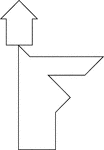
Man
Tangrams, invented by the Chinese, are used to develop geometric thinking and spatial sense. Seven figures…

Man
Tangrams, invented by the Chinese, are used to develop geometric thinking and spatial sense. Seven figures…
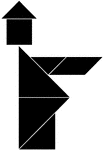
Man
Tangrams, invented by the Chinese, are used to develop geometric thinking and spatial sense. Seven figures…

Man
Tangrams, invented by the Chinese, are used to develop geometric thinking and spatial sense. Seven figures…
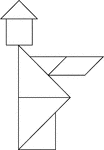
Man
Tangrams, invented by the Chinese, are used to develop geometric thinking and spatial sense. Seven figures…

Man in Hat Facing Left
Tangrams, invented by the Chinese, are used to develop geometric thinking and spatial sense. Seven figures…

Man in Hat Facing Left
Tangrams, invented by the Chinese, are used to develop geometric thinking and spatial sense. Seven figures…

Man in Hat Facing Left
Tangrams, invented by the Chinese, are used to develop geometric thinking and spatial sense. Seven figures…
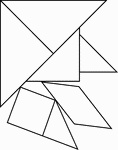
Man in Hat Facing Left
Tangrams, invented by the Chinese, are used to develop geometric thinking and spatial sense. Seven figures…
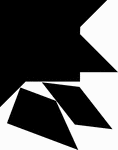
Man in Hat Facing Right
Tangrams, invented by the Chinese, are used to develop geometric thinking and spatial sense. Seven figures…

Man in Hat Facing Right
Tangrams, invented by the Chinese, are used to develop geometric thinking and spatial sense. Seven figures…
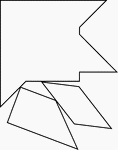
Man in Hat Facing Right
Tangrams, invented by the Chinese, are used to develop geometric thinking and spatial sense. Seven figures…
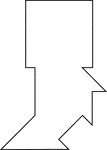
Man in Hat Facing Right
Tangrams, invented by the Chinese, are used to develop geometric thinking and spatial sense. Seven figures…
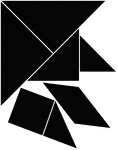
Man in Hat Facing Right
Tangrams, invented by the Chinese, are used to develop geometric thinking and spatial sense. Seven figures…
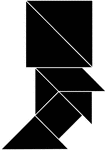
Man in Hat Facing Right
Tangrams, invented by the Chinese, are used to develop geometric thinking and spatial sense. Seven figures…

Man in Hat Facing Right
Tangrams, invented by the Chinese, are used to develop geometric thinking and spatial sense. Seven figures…
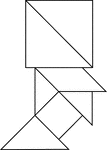
Man in Hat Facing Right
Tangrams, invented by the Chinese, are used to develop geometric thinking and spatial sense. Seven figures…

Man Walking
Tangrams, invented by the Chinese, are used to develop geometric thinking and spatial sense. Seven figures…

Man Walking
Tangrams, invented by the Chinese, are used to develop geometric thinking and spatial sense. Seven figures…

Man Walking
Tangrams, invented by the Chinese, are used to develop geometric thinking and spatial sense. Seven figures…

Man Walking
Tangrams, invented by the Chinese, are used to develop geometric thinking and spatial sense. Seven figures…
Man Wearing a Tuxedo
Tangrams, invented by the Chinese, are used to develop geometric thinking and spatial sense. Seven figures…
Man Wearing a Tuxedo
Tangrams, invented by the Chinese, are used to develop geometric thinking and spatial sense. Seven figures…
Man Wearing a Tuxedo
Tangrams, invented by the Chinese, are used to develop geometric thinking and spatial sense. Seven figures…
Man Wearing a Tuxedo
Tangrams, invented by the Chinese, are used to develop geometric thinking and spatial sense. Seven figures…

Medium House
Tangrams, invented by the Chinese, are used to develop geometric thinking and spatial sense. Seven figures…
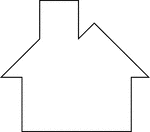
Medium House
Tangrams, invented by the Chinese, are used to develop geometric thinking and spatial sense. Seven figures…
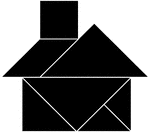
Medium House
Tangrams, invented by the Chinese, are used to develop geometric thinking and spatial sense. Seven figures…
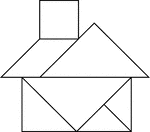
Medium House
Tangrams, invented by the Chinese, are used to develop geometric thinking and spatial sense. Seven figures…

Mocking Bird
Tangrams, invented by the Chinese, are used to develop geometric thinking and spatial sense. Seven figures…
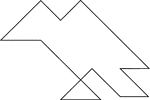
Mocking Bird
Tangrams, invented by the Chinese, are used to develop geometric thinking and spatial sense. Seven figures…
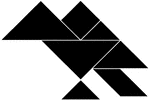
Mocking Bird
Tangrams, invented by the Chinese, are used to develop geometric thinking and spatial sense. Seven figures…
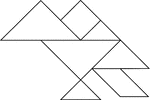
Mocking Bird
Tangrams, invented by the Chinese, are used to develop geometric thinking and spatial sense. Seven figures…

Mountain
Tangrams, invented by the Chinese, are used to develop geometric thinking and spatial sense. Seven figures…

Mountain
Tangrams, invented by the Chinese, are used to develop geometric thinking and spatial sense. Seven figures…

Mountain
Tangrams, invented by the Chinese, are used to develop geometric thinking and spatial sense. Seven figures…

Mountain
Tangrams, invented by the Chinese, are used to develop geometric thinking and spatial sense. Seven figures…

Palm Tree
Tangrams, invented by the Chinese, are used to develop geometric thinking and spatial sense. Seven figures…

Palm Tree
Tangrams, invented by the Chinese, are used to develop geometric thinking and spatial sense. Seven figures…

Palm Tree
Tangrams, invented by the Chinese, are used to develop geometric thinking and spatial sense. Seven figures…

Palm Tree
Tangrams, invented by the Chinese, are used to develop geometric thinking and spatial sense. Seven figures…

Parallelogram
Tangrams, invented by the Chinese, are used to develop geometric thinking and spatial sense. Seven figures…

Parallelogram
Tangrams, invented by the Chinese, are used to develop geometric thinking and spatial sense. Seven figures…

Parallelogram
Tangrams, invented by the Chinese, are used to develop geometric thinking and spatial sense. Seven figures…

Parallelogram
Tangrams, invented by the Chinese, are used to develop geometric thinking and spatial sense. Seven figures…
Area of a Parallelogram
Illustration of parallelogram AEFC drawn two different ways with base b and altitude/height a used to…

Construction Of Parallelogram
Illustration used to show how to draw a parallelogram when given the sides and one of the angles.
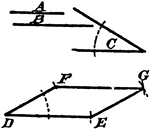
Construction Of A Parallelogram
An illustration showing the construction used to erect a parallelogram given two sides and an angle.…

Parallelogram With Lines From opposite Vertices to Midpoints
Illustration to show that when lines from two opposite vertices of a parallelogram to the midpoints…
2 Equal Parallelograms
Illustration used to prove the theorem "Two parallelograms are equal if two sides and the included angle…
Equal Parallelograms
Illustration of a two equal parallelograms. Two parallelograms are equal, if two sides and the included…
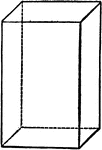
Parallelopipedon
"A parallelopipedon is a prism whose bases (ends) are parallelograms." —Hallock 1905